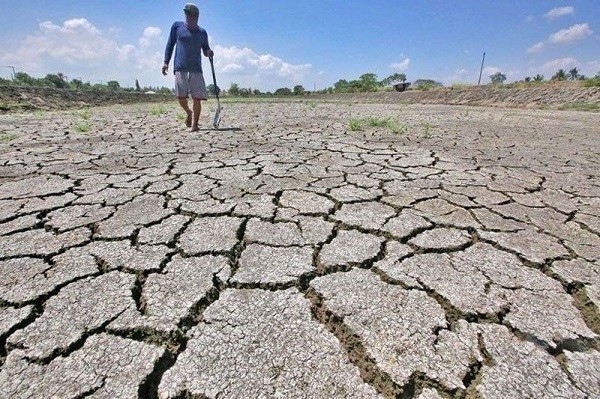El Niño Makes Its Arrival, Signaling Potential Global Weather Disruptions

Bloomberg (June 9,2023) : The long-anticipated El Niño weather phenomenon has officially arrived, bringing with it the potential for significant disruptions in weather patterns worldwide. As experts closely monitor this climatic event, there is growing concern about the potential impact it may have on various regions across the globe. El Niño is a natural climate pattern characterized by warmer-than-average sea surface temperatures in the central and eastern equatorial Pacific Ocean. This occurrence can trigger a domino effect on weather systems, resulting in deviations from normal weather patterns across continents. The arrival of El Niño raises the specter of weather turmoil on a global scale. The potential consequences include an increased likelihood of extreme weather events, such as hurricanes, droughts, and floods, in affected regions. Moreover, it can lead to shifts in precipitation patterns, which may have implications for agriculture, water resources, and public safety.
Scientists and meteorologists are closely monitoring key indicators, such as sea surface temperatures and atmospheric conditions, to assess the strength and duration of this El Niño episode. Such monitoring allows for more accurate predictions and early warnings, enabling communities to prepare and respond effectively to potential weather-related challenges. As countries worldwide brace themselves for potential weather disruptions, governments, disaster management agencies, and communities must work in tandem to mitigate risks and enhance resilience. Effective planning and preparedness can help minimize the impact of extreme weather events and safeguard lives and livelihoods.
While it is impossible to predict the precise outcomes of this El Niño episode, historical data and scientific models provide valuable insights into potential weather patterns and associated risks. By staying informed and implementing proactive measures, societies can better adapt to the uncertainties presented by El Niño and strive for greater climate resilience. As the world grapples with the ongoing challenges posed by climate change, the arrival of El Niño serves as a stark reminder of the interconnectedness of global weather systems and the need for concerted international efforts to address climate-related risks. By acknowledging and responding to the potential disruptions posed by El Niño, we can strive to build a more resilient future in the face of an evolving climate.
You might also like!
















